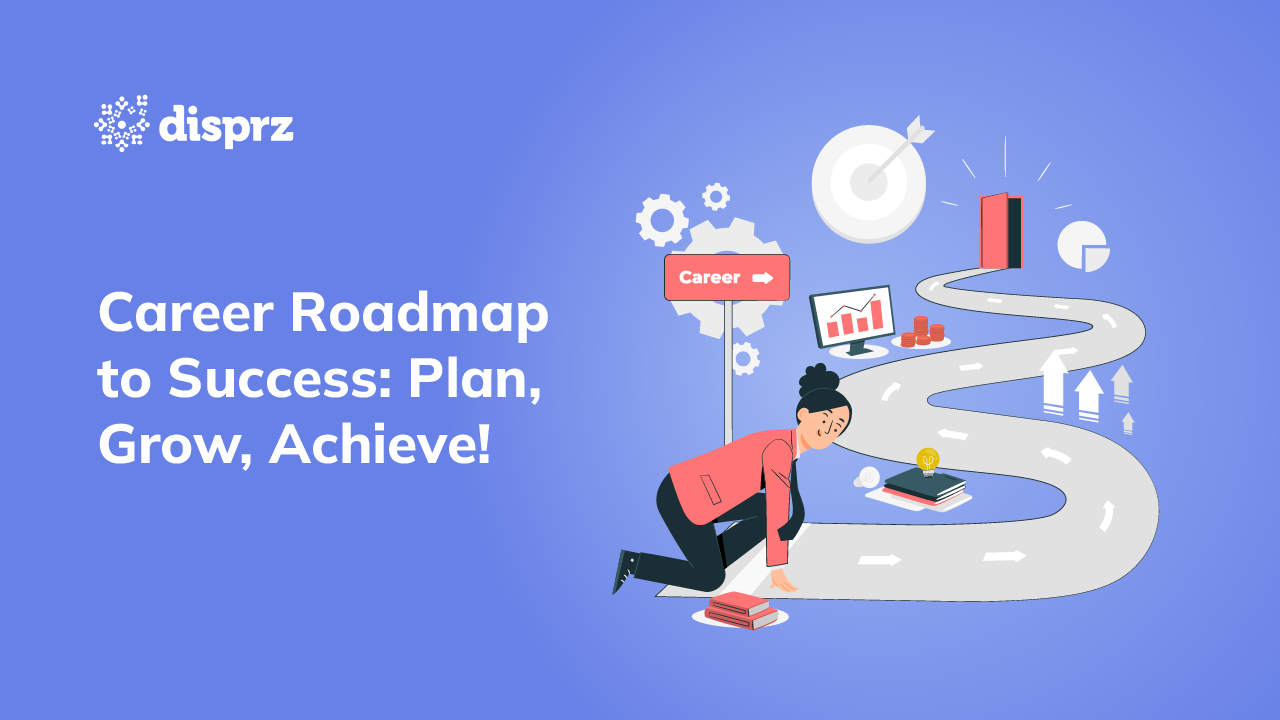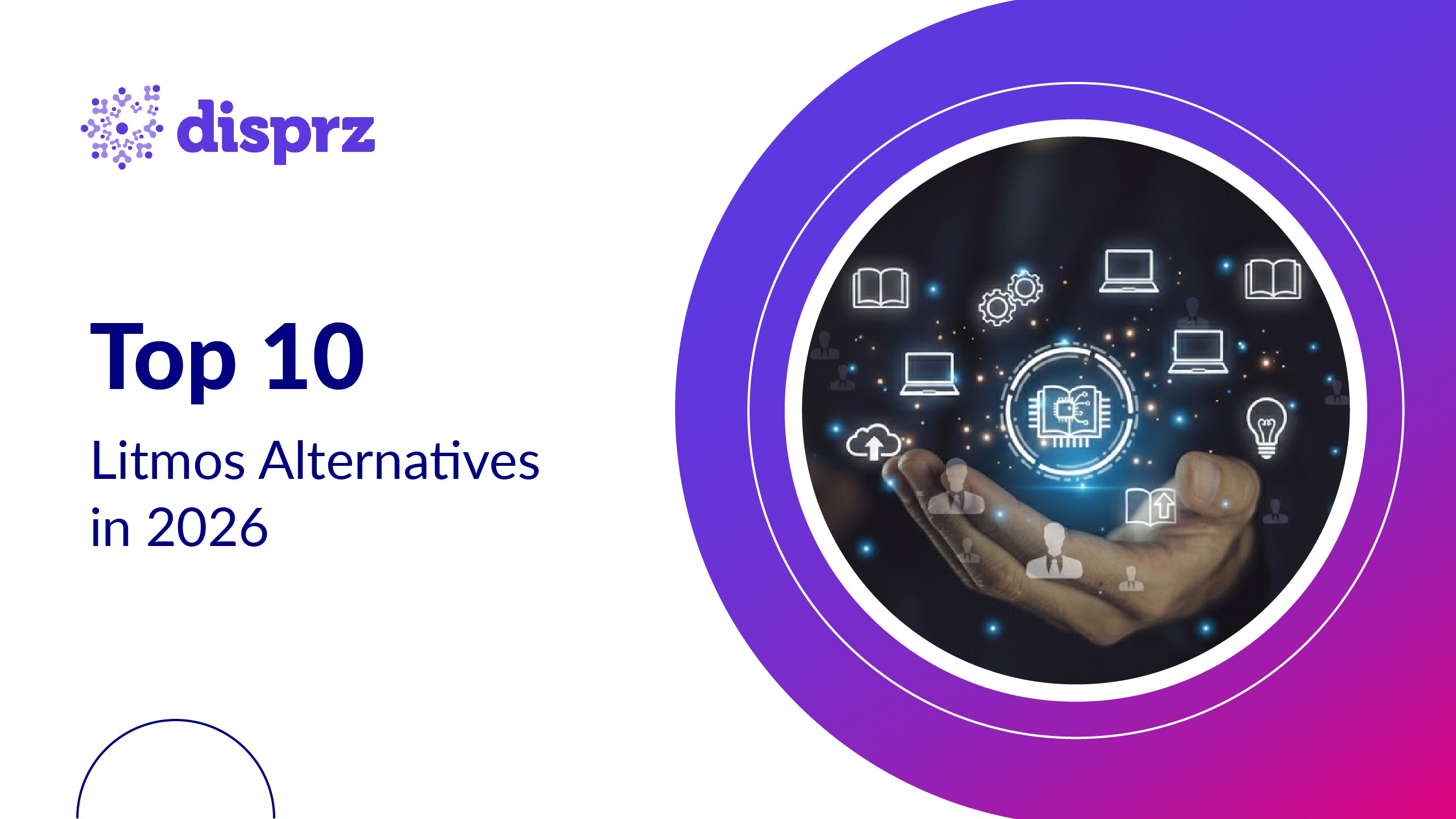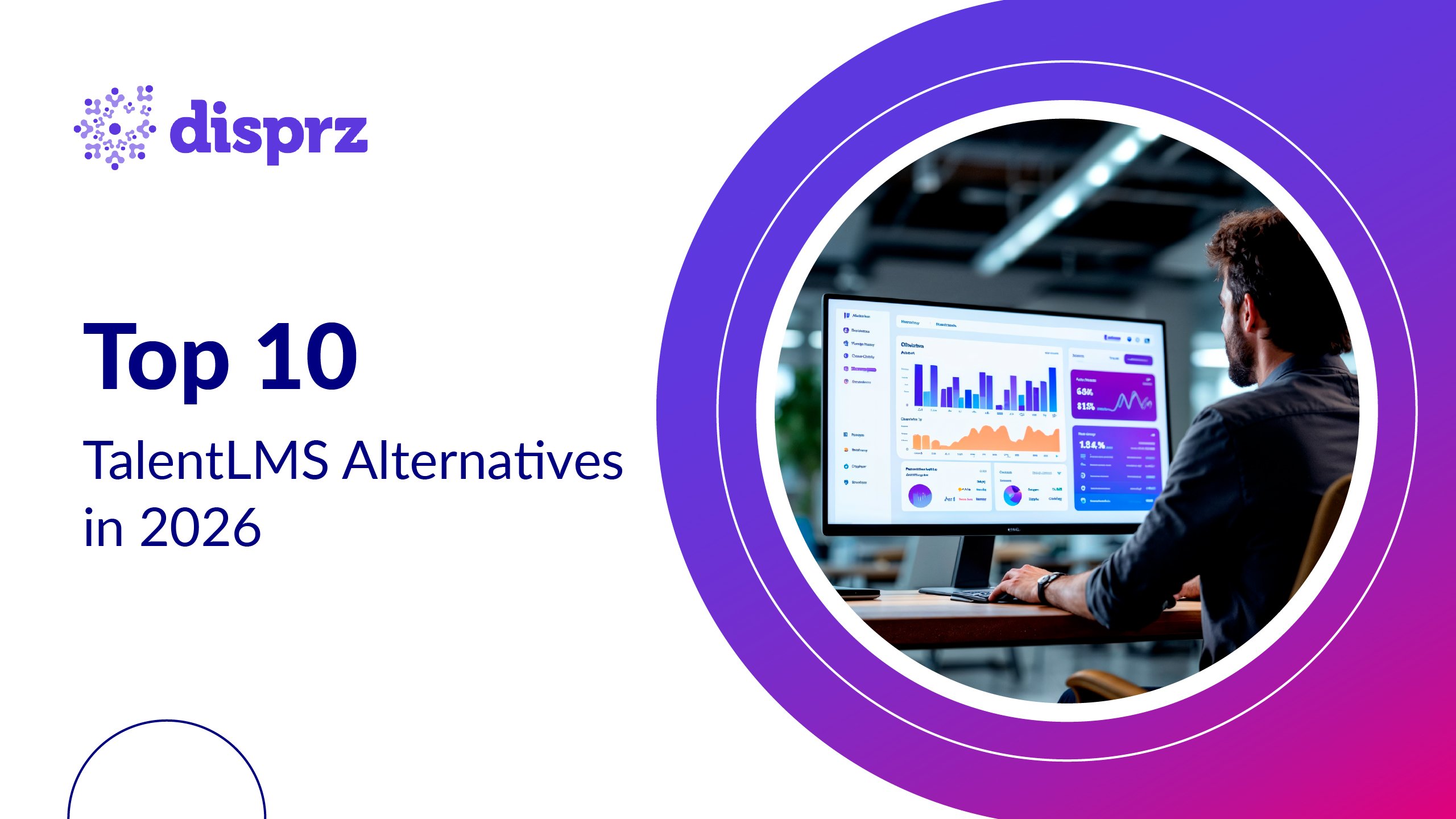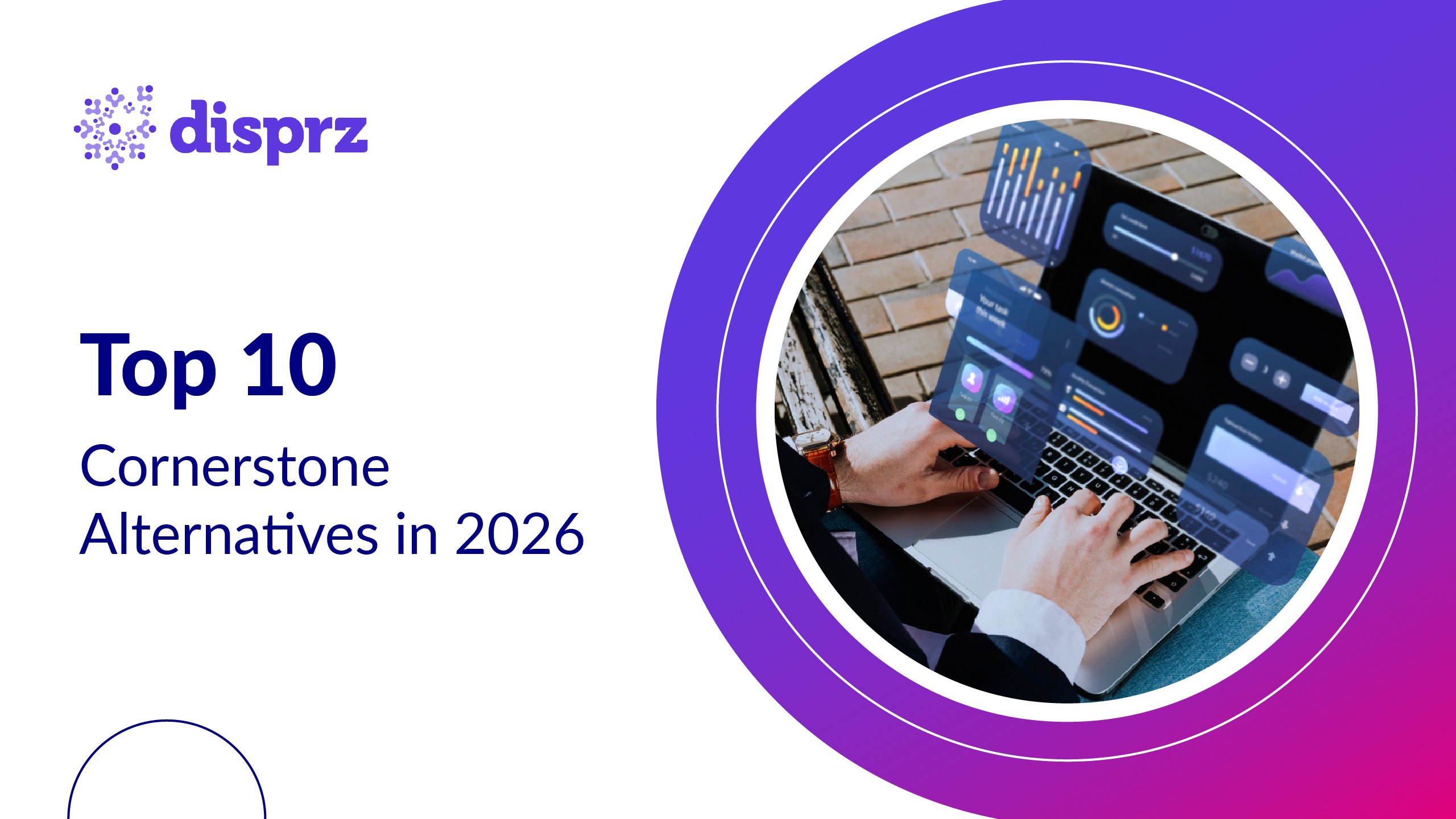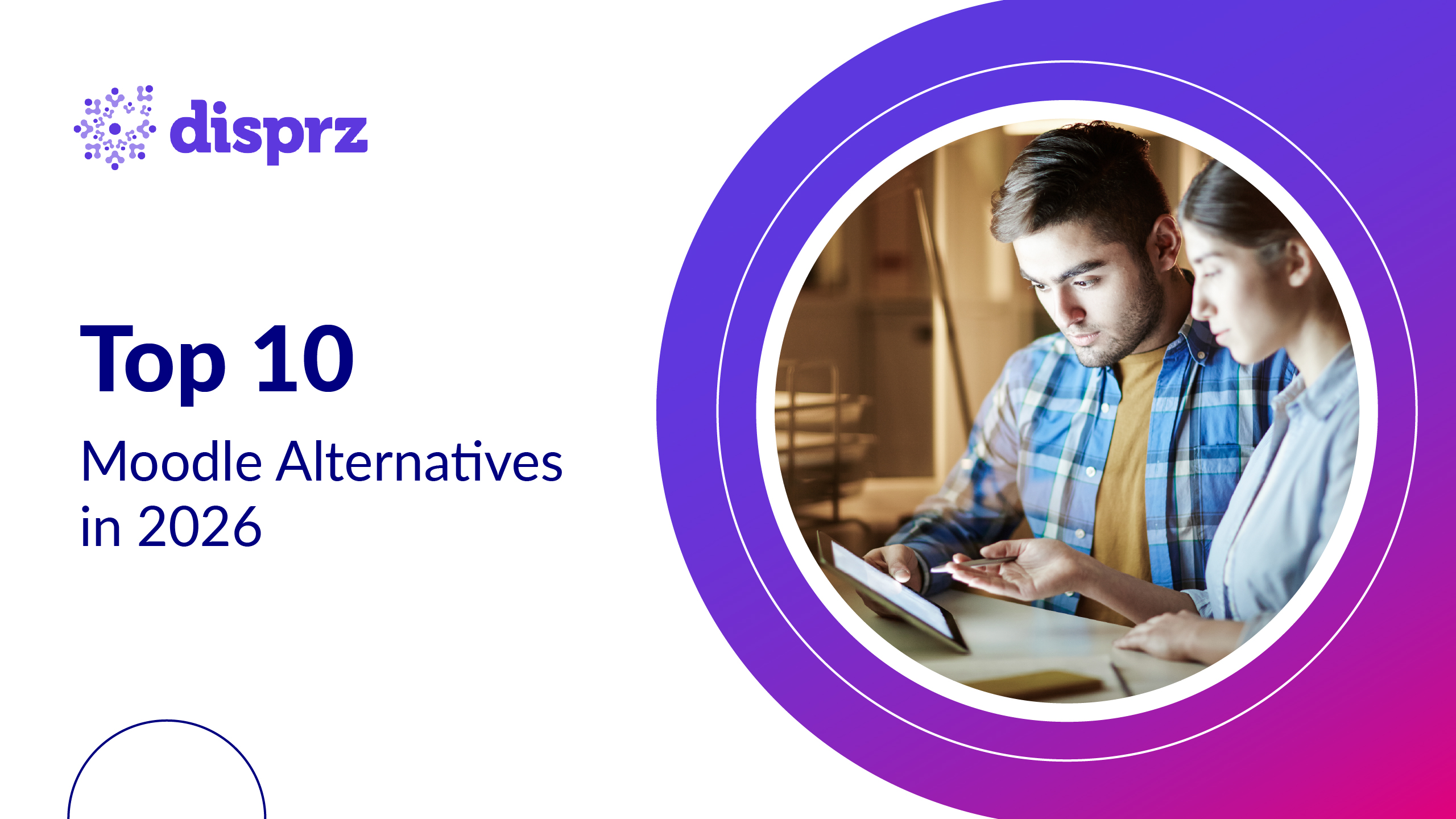Does career progression still follow a predictable path? As we enter 2025, the workplace is defined by constant disruption, rapid skill shifts, and changing employee expectations. The traditional, linear career path is no longer relevant; agility and adaptability now shape the future of work. Organizations that fail to offer structured yet dynamic career growth risk losing top talent, facing disengagement, and widening critical skill gaps. To build a resilient, future-ready workforce, organizations must embrace career mapping as a strategic imperative, aligning individual aspirations with business success.
Yet, here is the paradox. While businesses invest heavily in hiring top talent, most fall short in providing a clear roadmap for their growth. Career mapping is not just an HR or L&D leaders’ initiative. It is a business imperative. When done right, it aligns employee aspirations with organizational goals, fostering a high-performance culture where people do not just work for a paycheck but for purpose and progress.
Here we will unpack the career mapping blueprint for 2025, diving into proven steps to design a future-ready workforce. Whether you are an L&D leader looking to build a scalable talent pipeline or an employee seeking clarity on your professional trajectory, this guide will help you navigate the evolving landscape with confidence. Let us redefine career growth one strategic step at a time.
What is Career Mapping?
Career mapping is a strategic process that aligns an employee’s career aspirations with organizational goals, providing a clear pathway for professional growth and development. It goes beyond traditional job roles and promotions, offering a structured yet flexible roadmap that helps employees visualize where they are, where they want to go, and what skills, experiences, and competencies they need to get there.
At its core, career mapping is not just about titles and promotions; it is about purpose, learning, and impact. Key career mapping benefits include increased employee engagement, higher retention rates, a future-ready workforce, improved internal mobility, and a culture of continuous learning and growth.
Benefits of Having a Career Mapping Blueprint for Employees
Clarity and Direction
One of the biggest reasons employees feel disengaged or stagnant in their careers is the lack of a clear path forward. Career mapping removes ambiguity, helping employees understand their potential career trajectories within the organization. It provides visibility into various career paths; whether it’s leadership, technical expertise, or a completely new domain; giving employees the confidence to make informed career decisions.
Increased Engagement and Motivation
When employees see a well-defined future within the organization, they are more invested in their roles. A structured career map fosters a sense of purpose and belonging, reducing attrition and enhancing job satisfaction. Employees who feel supported in their career growth are more likely to stay engaged and contribute meaningfully to the organization.
Skill Development and Continuous Learning
In today’s skills-driven economy, employees cannot afford to remain static. Career mapping integrates learning and development (L&D) initiatives directly into an employee’s career plan. By conducting detailed skill gaps analysis and charting out growth areas, organizations can provide targeted training, coaching, and mentoring, ensuring that employees acquire the right skills at the right time. This not only benefits employees but also ensures businesses have the talent they need for future success.
Career Agility and Future-Proofing
The nature of work is constantly evolving, with automation, AI, and digital transformation reshaping job roles. Employees who have access to career mapping are better equipped to pivot, adapt, and explore new opportunities within the organization rather than seeking growth externally. This agility makes employees future-proof and helps organizations retain valuable talent.
Enhanced Performance and Productivity
Employees who have a clear growth trajectory tend to perform better. When people understand how their work contributes to their long-term career goals, they become more proactive, innovative, and accountable. Career mapping creates a culture of ownership, where employees take charge of their own development rather than waiting for opportunities to be handed to them.
Stronger Employer-Employee Relationship
Organizations that actively invest in career mapping demonstrate that they care about their employees’ growth and aspirations. This strengthens trust and loyalty, creating a workplace where employees feel valued, supported, and empowered to achieve their full potential.
Career Mapping vs Career Pathing: Key Differences Explained
Both career mapping and career pathing are essential in workforce development programs, but they serve distinct purposes in shaping an employee’s growth. While career pathing focuses on structured, predefined career progressions, career mapping is a more dynamic and flexible approach that aligns individual aspirations with organizational needs.
Here’s how they differ:
Structured Path vs. Personalized Roadmap
-
Career Pathing follows a structured, predefined route, often within a single function or department. Employees move from one role to the next based on seniority, experience, or tenure.
-
Career Mapping, on the other hand, is a customized roadmap tailored to an individual’s aspirations, skills, and business needs. It considers lateral moves, cross-functional opportunities, and hybrid roles, allowing for a non-linear career journey.
Employee-Driven vs. Employer-Driven
-
Career Pathing is largely organization-driven, outlining a standardized progression model that employees are expected to follow.
-
Career Mapping is employee-driven, giving individuals more control over their growth. It empowers employees to explore different pathways, build diverse skill sets, and take ownership of their career progression.
Fixed Progression vs. Agile Growth
-
Career Pathing typically involves fixed job roles and hierarchical advancement, such as moving from a junior manager to a senior manager and then to a director.
-
Career Mapping is more fluid, enabling employees to pivot based on emerging industry trends, skill evolution, and personal interests. It supports career agility, allowing individuals to move into leadership, technical, or even project-based roles based on their evolving strengths.
Focus on Promotions vs. Focus on Skill Development
-
Career Pathing prioritizes promotions and title progression, often linking career growth to vertical movement.
-
Career Mapping is skills-first, ensuring employees develop competencies that enhance their adaptability and long-term employability, regardless of traditional job titles.
Short-Term vs. Long-Term Career Vision
-
Career Pathing works well for immediate succession planning and filling leadership pipelines. However, it may not always address long-term workforce shifts.
-
Career Mapping helps employees and organizations build future-proof careers, ensuring workforce readiness for disruptive changes, emerging roles, and evolving job markets.
How to Develop a Career Mapping Strategy: 5-Step Framework
Career growth is no longer a linear path; it’s a dynamic journey shaped by emerging skills, cross-functional roles, and shifting business priorities. Employees no longer wait for promotions; they seek meaningful growth, continuous learning, and purpose-driven careers. Organizations that fail to provide structured career mapping risk losing top talent and falling behind in workforce agility.
Here’s how to build a career mapping strategy that empowers employees and fuels business success.
1) Start with the Destination: Define Future-Ready Roles
Instead of mapping careers based on existing job titles, anticipate future business needs and skill demands. Identify emerging roles, critical capabilities, and industry shifts that will shape the workforce in the next 3–5 years. Build a role architecture that defines what success looks like at different career stages.
2) Shift from Ladder to Lattice: Offer Multi-Dimensional Growth
Gone are the days of one-directional career ladders. Employees today want multiple pathways: vertical promotions, lateral moves, and skill-based advancements. Design a career lattice where employees can move across functions, take on stretch assignments, and explore non-traditional career trajectories.
3) Make Career Mapping Data-Driven and Personalized
Generic career paths don’t work. Use AI-driven career intelligence tools to analyze employee skills, learning behaviors, and aspirations. Provide personalized learning paths that align with both individual career goals and business needs. Let data-driven insights guide workforce decisions and help employees discover high-impact career opportunities.
4) Embed Career Growth into Day-to-Day Work
Career development shouldn’t be an annual conversation; it should be a continuous, real-time process. Equip managers with coaching frameworks to discuss career goals during one-on-one check-ins and performance reviews. Create a culture of internal mobility by encouraging employees to apply for cross-functional projects, mentorship programs, and skill-building initiatives.
5) Build a Self-Driven Career Ownership Culture
Career success isn’t just about organizational support—it’s also about employee ownership. Empower employees with AI-driven career advisors, skill assessments, and learning recommendations that help them take charge of their growth. Encourage internal gig opportunities, digital badges, and micro-certifications to enable continuous career progression.
Career Mapping Example: Real-World Impact
Career growth is no longer a straight ladder; it’s a dynamic journey shaped by skills, aspirations, and evolving business needs. Yet, many employees feel stuck, unsure of how to advance within their organizations. This is where career mapping becomes a game-changer. By providing a clear, structured roadmap, organizations can transform workforce potential into business success, higher engagement, and stronger retention.
Here’s how a leading organization has done it.
Blackstone, a leading global investment firm, has launched the Career Pathways program to address hiring challenges and develop new talent within its portfolio organizations. Since its inception, more than 10,500 underrepresented individuals have been employed through the program. For example, QTS, one of Blackstone's data centers, established the Data Center Academy to find and train candidates for specialized technical roles. This initiative has resulted in over 100 new hires, with significant percentages converting to full-time roles and receiving promotions. These talent initiatives not only address staffing challenges but also serve as strategic business moves to enhance organization operations and culture.
Common Mistakes to Avoid in Career Mapping Strategies
Even with the best intentions, organizations often make mistakes when implementing career mapping strategies.
Here are some common pitfalls and how to avoid them:
1) One-Size-Fits-All Approach
Many organizations create generic career maps without considering individual employees' unique aspirations, skills, and growth trajectories. This can lead to disengagement and limited career mobility. Instead, adopt a personalized approach by integrating AI-driven eLearning platforms such as Disprz to tailor career paths based on employee strengths and market trends.
2) Lack of Employee Involvement
Career mapping shouldn’t be a top-down exercise. If employees aren’t actively involved in shaping their own career paths, the strategy will feel forced and ineffective. Organizations should conduct regular career conversations, encourage self-assessment, and provide tools for employees to take ownership of their career growth.
3) Ignoring Future Skill Trends
A career map that only focuses on current job roles is short-sighted. Many businesses fail to incorporate future skills and industry trends into their career planning, making employees obsolete in a rapidly changing job market. Leverage real-time skill analytics and market insights to keep career paths aligned with evolving business needs.
4) Limited Managerial Support
Managers play a critical role in employee development, yet they often lack the training or tools to guide career growth effectively. Without structured, manager-led coaching, career mapping efforts may stall. Organizations must equip managers with data-driven insights and structured career discussions to bridge this gap.
5) No Clear Connection to Business Goals
Career mapping shouldn't be a standalone initiative; it must align with organizational objectives. If businesses fail to link career growth to business success, career paths become isolated roadmaps with no strategic impact. Ensure career mapping supports succession planning, leadership development, and workforce agility to drive long-term growth.
Integrating Career Maps into Your L&D and HR Framework
When seamlessly integrated into L&D and HR strategies, career maps provide employees with a clear vision of their future while ensuring that organizations have the right talent in place for evolving business needs. This means moving beyond generic training programs and creating learning experiences that are tailored to individual aspirations and organization goals. By embedding career growth into performance reviews, skill development, and leadership training, organizations can build a workforce that is engaged, motivated, and prepared for the future.
At Disprz, we make this a reality by leveraging AI-driven learning and skill intelligence to align career paths with real-time business needs. Our platform helps employees identify the skills they need, access personalized learning journeys, and receive manager-driven career coaching, ensuring that development isn’t left to chance. By integrating career mapping with data-driven L&D strategies, organizations can create a workforce that doesn’t just grow but thrives, ready to take on the challenges of tomorrow.



